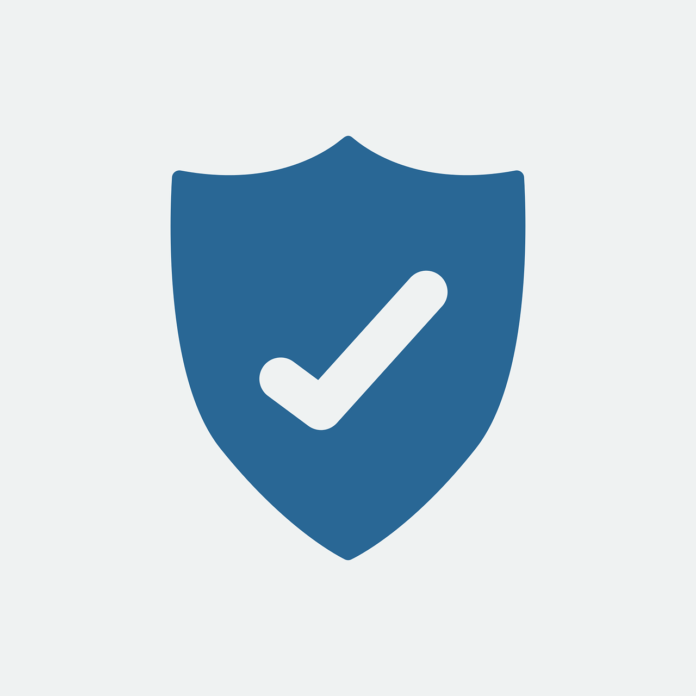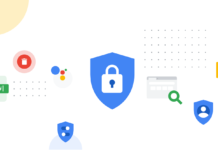In the education system, each student pays for the information he or she receives. This is where the whole issue of tuition comes in. Even in government-run schools, where students do not pay anything, the taxes cover the expenses of the students’ education.
The same is true in digital training courses. Some providers will ask you to pay directly, while others depend on some other business model to make revenue. Either way, it is essential that the students access a course from the source so that the creator gets compensated for his or her work. But, unscrupulous individuals may copy course material and market it as their own in order to make money or others may just post it online for others to view and make use of. In this way, the actual creator of the course material will lose valued revenue.
So, as a course provider, you may need to find ways to protect yourself from such scenarios. You also need to consider the following factors:
Applying Different Protection Measures to Different Documents
Consider the illustrative example of a large assignment. Transferring the assignment by hand may prove unnecessary and constitute a waste of time. Students could just as easily print a copy and work on it offline. Slides need a whole other type of security measure as you may need to disallow printing. So, the perfect security solution will allow you to set the security measures for each document or course individually. Such settings may also include the time frame during which a person can access the course.
Revoking Access
Online courses are not supposed to last forever; they are meant to last for a specified duration of time, after which each student should have obtained the relevant knowledge. And, having students keep the material after their time is up only exposes you to risk. So, you must be able to revoke access to your content.
This could be done automatically by the use of expiry dates or expiring access to content after so many days use. In some cases however, such as when there are issues with users paying for course fees, may also require you to manually revoke access before the course completion date. The document security system you use to secure your training courses should therefore be able to support both methods of revocation and enable you to expire content on both a user and a document basis.
Considering the Location of Your Students
If you are offering an online course, your students might be enrolled for it from anywhere in the world. And, what can you do if the internet connection for some students is poor or unavailable? You might need to provide the course offline for such students to still allow them access to it. And, if your security measures extend offline, you can rest easy even if you allow offline use.
If users are attending a course within a dedicated training center (rather than via remote access) then you might want to consider locking user usage to that location so that courses cannot be accessed outside the building. This might be the case for sensitive information which only internal employees should be allowed to access.
Eliminating Screen Grabbers
If any student can copy and paste your work to another document, then you are in trouble. You will then likely find someone else selling your course material on the internet. The same applies if someone can take high quality screenshots of your work with screen grabbing software (rather than with a camera). So, protect your work and your revenue stream by making sure this can never happen.
Auditing of Document use
You may want to know how seriously students are taking the course material you offer so you can fine-tune your course to provide the best value. Also, you may want to know which students have actually read the material. So, you need to be able to audit the document usage of your course material.
Watermarking
Some may say that watermarking content is an old protection method, but it is still a necessary one. Even if you take all the necessary precautions, there is still a chance of someone copying your work. However, a dynamic watermark (displaying user and system information) will make unlawful distributors think twice before distributing your work as their own as the piracy will always be linked to their identity which can lead to serious legal consequences.
Conclusion
A good document DRM solution will provide all the functionality you need to secure your training courses against piracy. Investing in such a solution may help you save loss of revenue by preventing unauthorized use and misuse ensuring your IPR is protected at all times regardless of where it is located.








